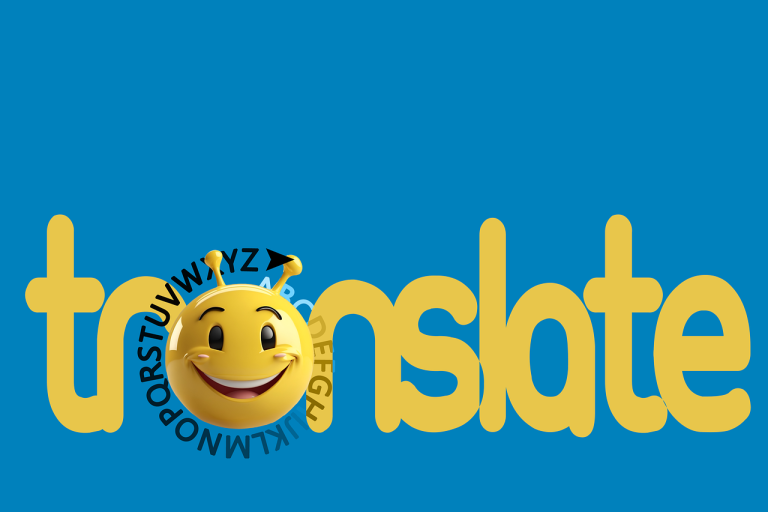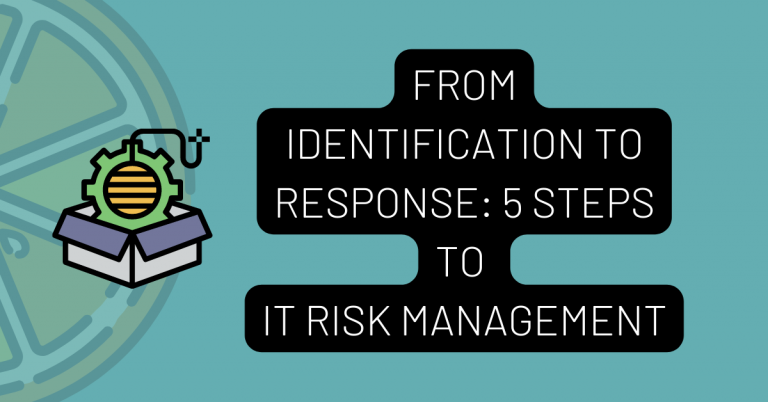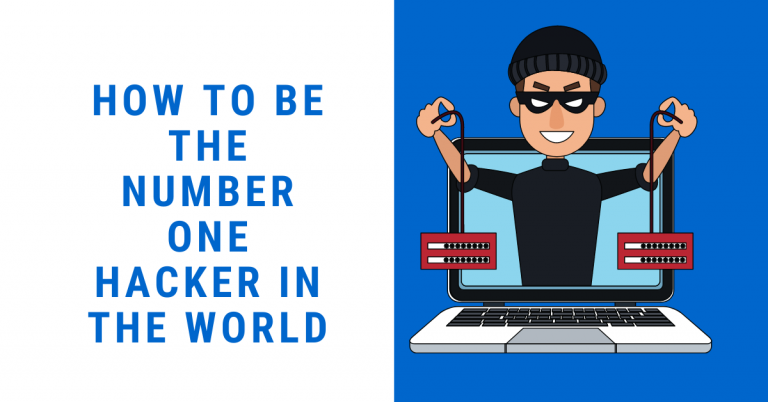Planning to buy a tech product? Discover the best coupon, deal, and price comparison sites to save money and get the best tech deals online.
Tech products are among the most exciting purchases, but they often come with a steep price tag. Whether it’s a new laptop, smartphone, or smart home gadget, the cost can put a dent in your budget. That’s why checking the right sites before making a purchase is so important. A little research helps you find the best price, avoid overpriced retailers, and uncover hidden deals.
Today’s shoppers have more resources than ever to make smarter choices. From coupon platforms and deal sites to comparison tools and refurbished marketplaces, there are plenty of ways to save. Knowing where to look can mean the difference between paying full price and walking away with a bargain.
Table of Contents
Why Research Before Buying Matters
Technology is constantly evolving, and so are prices. A product that appears to be a great deal on one website may be listed for significantly less on another. Without checking, you risk overpaying for something that could have been yours at a discount.
Beyond prices, reviews and feature comparisons help ensure you’re buying the right product for your needs. Spending a few extra minutes on research can save you money and prevent buyer’s remorse.
Coupon Sites to Check Before Buying
Coupon sites are a must-check before completing any tech purchase. They collect and verify discounts, promo codes, and special offers from retailers, making it easy to save instantly at checkout.
One site worth visiting is ProxyCoupons, which regularly lists verified codes for electronics and accessories. From headphones to gaming gear, it offers discounts across a variety of tech categories. It’s a practical stop for shoppers who want reliable coupons that actually work.
Deal Platforms That Highlight Tech Offers
Deal-focused platforms bring together time-sensitive offers from multiple retailers. They are especially useful during peak shopping seasons when tech prices fluctuate rapidly.
SaveMyCent is one example that organizes deals by category and often features special promotions on gadgets and accessories. The site is easy to browse and cuts out the frustration of expired codes. For buyers who want a quick way to save on tech, it’s a reliable option.
Price Comparison Websites
Price comparison tools are another essential stop when shopping for tech. These platforms scan multiple online retailers and display the lowest price available. They also highlight shipping costs, availability, and sometimes even user ratings.
By checking these sites, you can avoid paying more than you need to. This approach works especially well for big-ticket items, such as laptops, tablets, or gaming consoles, where small price differences can add up to significant savings. In a similar way, businesses carefully evaluate the right infrastructure monitoring tool to avoid unnecessary costs and keep performance optimized.”
Refurbished and Certified Pre-Owned Options
Buying refurbished or certified pre-owned products is a smart move for budget-conscious buyers. These items are thoroughly tested, repaired as needed, and certified to function like new. They usually come with a warranty, giving you peace of mind while saving a large percentage off the retail price.
Many tech brands, including Apple, Dell, and Samsung, run their own official refurbished stores. Retailers like Amazon and Best Buy also have certified pre-owned sections. This option lets you access premium products without paying premium prices.
Tips to Maximize Your Tech Savings
Finding a coupon or spotting a discount is just the starting point. The way you plan your purchase can have just as much impact on how much you save. Timing, strategy, and knowing which resources to use often make the difference between a decent deal and a great one.
Shop During Major Sale Events
Seasonal sales are among the best opportunities to purchase tech at a lower price. Black Friday, Cyber Monday, and back-to-school promotions usually bring steep discounts on laptops, smartphones, and accessories. Adding a coupon on top of these deals helps you further reduce the price.
Stack Coupons With Cashback
Instead of relying on just one form of savings, look for ways to combine them. Cashback platforms often work in conjunction with coupons, allowing you to save at checkout and receive a percentage of your money back afterward. This is especially helpful on big-ticket items like TVs, gaming consoles, or premium laptops.
Sign Up for Alerts and Newsletters
Many coupon and deal platforms send exclusive codes to their subscribers. Signing up takes only a minute, but it gives you access to limited-time tech offers you might otherwise miss. Alerts can also notify you the moment a product you’ve been waiting for drops in price.
Compare Across Multiple Sites
Before hitting purchase, check at least two or three platforms. A retailer might display a “sale” price, but another store could still list it for a lower price. Comparing across sites only takes a few minutes but can save you enough to cover accessories like cases, cables, or extended warranties.
Final Words
Buying tech products doesn’t have to mean stretching your budget too far. With the right approach, you can enjoy the latest gadgets without paying full price.
Checking coupon sites, using comparison tools, and exploring refurbished options all work together to keep costs down.
INTERESTING POSTS
- How Can a Business Card Creator to Boost Your Brand Help You Stand Out Online?
- Best Online Proxy Checkers: Ensuring Your Proxies Are Reliable and Secure
- Is It Worth Paying For A VPN?
- Basic Tips To Ensure Online Safety
- Infographic: Cyber Monday Vs Black Friday
- Surfshark One vs Surfshark VPN Comparison
- Surfshark Vs Ivacy: Which VPN Is The BEST?


























![Web Host Agents Scam Exposed [Eye Opener and Must Read] Web Host Agents Scam Exposed [Eye Opener and Must Read]](https://secureblitz.com/wp-content/uploads/2021/09/Web-Host-Agents-Scam-Exposed-Eye-Opener-and-Must-Read-768x402.png)














